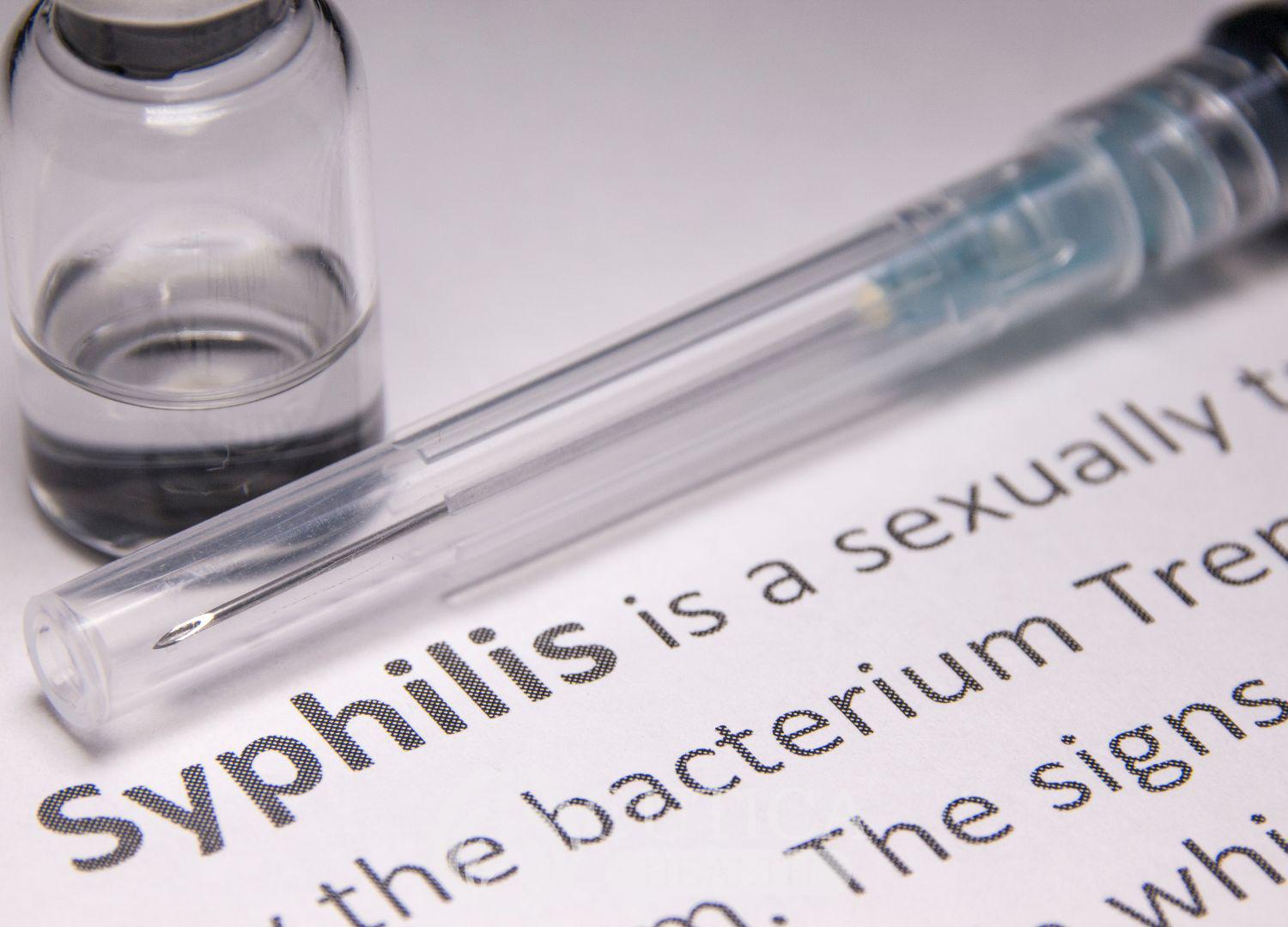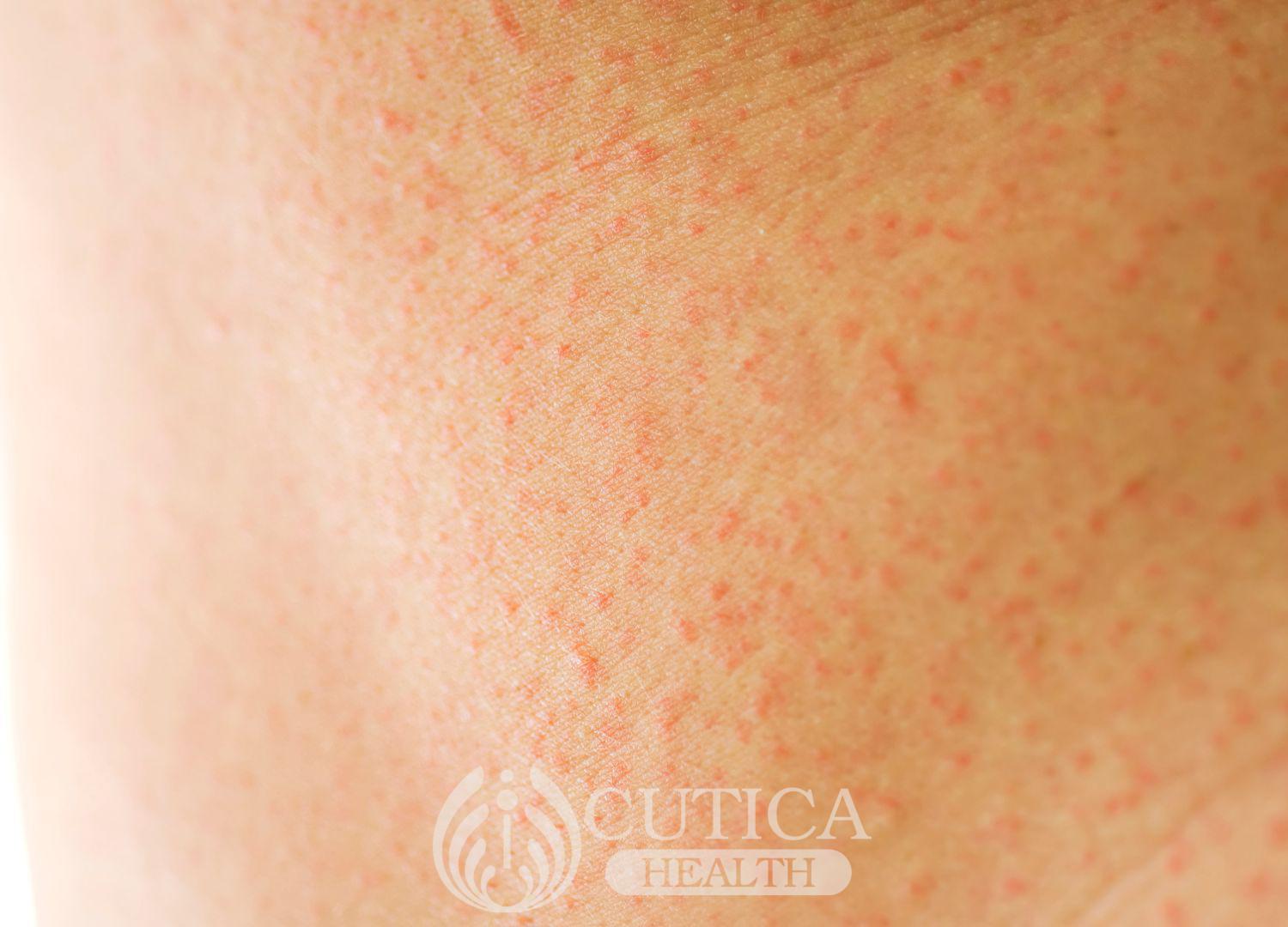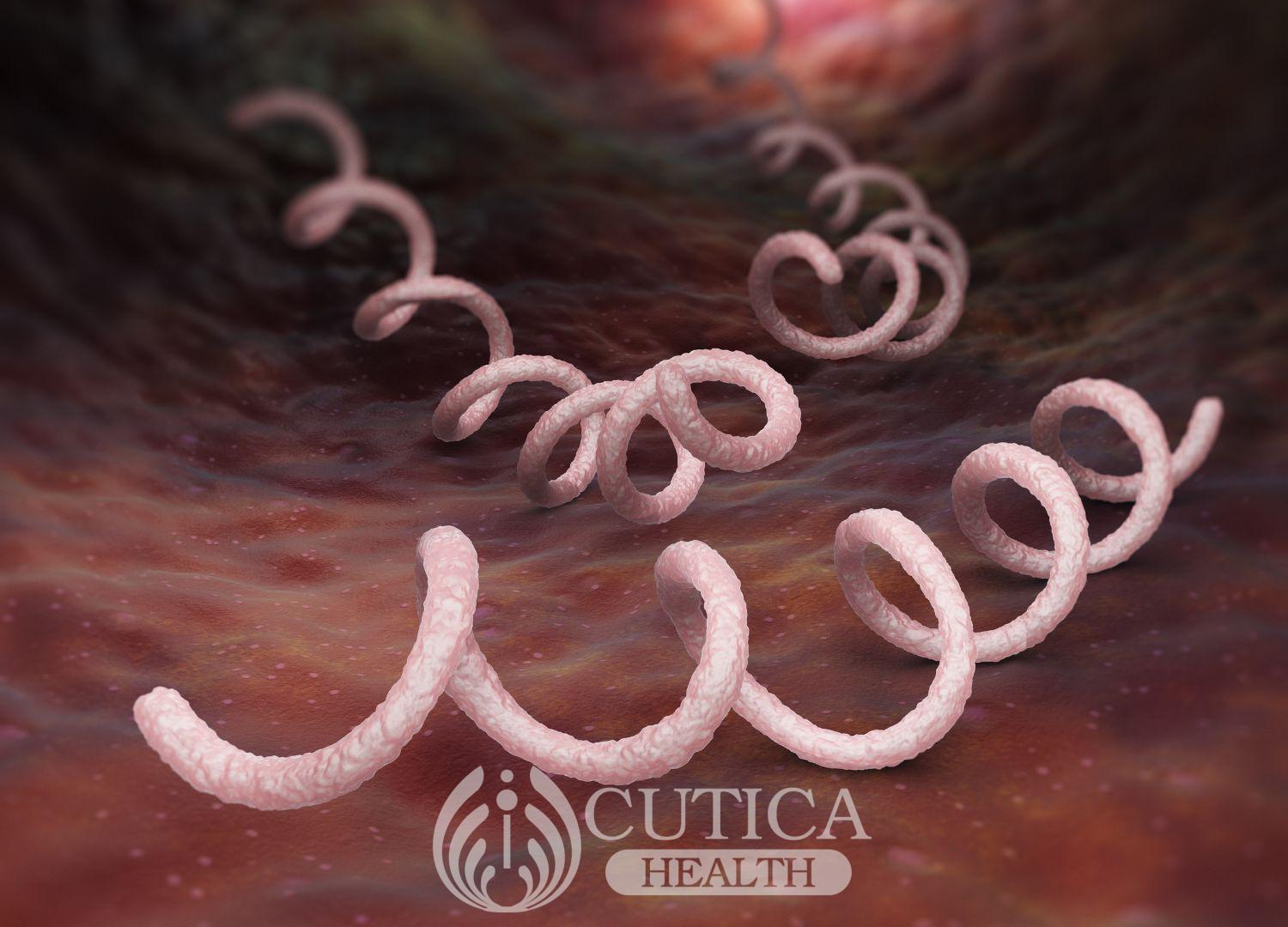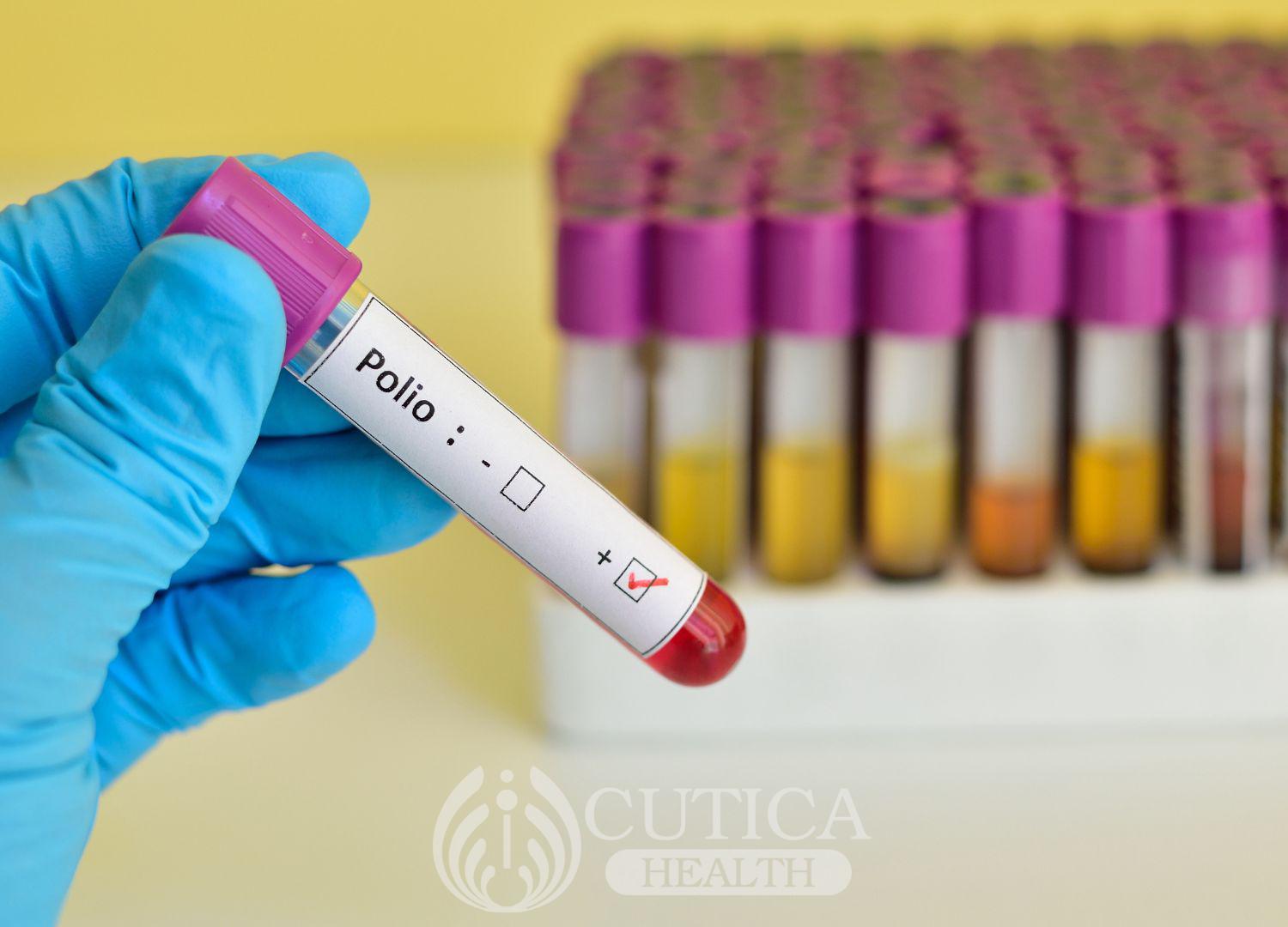
Gwen had finally caved into the demands of having sex with her boyfriend. It was about three weeks since their sexual encounter, and something new was happening to her body – She had some painless sores on her genitals which she could have easily missed.
Being concerned about this new development, she visited a hospital where tests showed she had Syphilis.
What is syphilis?
Syphilis is a sexually transmitted disease (STD) caused by a bacterium called Treponema pallidum . The major risk factor for this infection is unprotected sexual intercourse; however, even if sexual activity is not penetrative, genital contact with the infected body fluid can expose one to the infection.
Unfortunately, protective barriers such as condoms can’t always protect someone from getting this STD as the condom might not cover some parts of the skin. The incubation period, which signifies the time from infection with syphilis to when symptoms start showing is about 10days to 3 months. Syphilis is highly contagious when the infected individual has a syphilis sore (chancre) or rash present.

Syphilis can also be transmitted from a mother to her baby during pregnancy or at birth in what is called congenital syphilis. Untreated early syphilis in a pregnant woman could lead to other complications like miscarriage, deformities in the child, premature birth, stillbirth, or death of the newborn.
Stages of syphilis
Four stages describe this STD:
- Primary stage: This typically occurs within 10-90 days of exposure and shows up as painless sore(s) at the site where the bacteria entered the body.
- Secondary stage: This stage ranges between 2-8 weeks and causes a rash that can be seen on different parts of the body, especially the palms and soles of the feet. Most of the other symptoms occur at this stage. At this stage of the disease, patients experience sore throat, swollen lymph nodes, feeling of sickness, muscle pain, and headaches.

Latent (hidden) stage: Ranges from 1 to 20 years. After the disappearance of the rash, the individual goes through this phase where there are no symptoms. Syphilis can still be transmitted during this stage.
- Tertiary (late) stage: This is the most dangerous stage of syphilis, which may begin as early as a year after infection or anytime during the individual’s lifetime. Some individuals might never go through this stage. At this stage of the infection, other organs in the body, including the heart, the brain, and the blood vessels have been damaged by the bacteria.
Congenital Syphilis
For congenital syphilis, babies who survive birth show symptoms such as birth deformities, seizures, delays in development, enlargement of the spleen and liver, yellowing of the skin and whites of the eyes, anaemia, rash, fever, and inflammation of the mucous membrane inside the nose (syphilitic rhinitis).

Rarely, the symptoms go unnoticed until syphilis reaches the latent stage and causes damage to some parts and organs of the child’s body like the brain and bones.
Treatment of Syphilis

Syphilis is treated with an antibiotic, typically penicillin. Persons allergic to penicillin can be treated with doxycycline. Other antibiotics may be used. The dose of antibiotics depends on the stage. Tests are done after treatment to show the person has been cured.
Note: Syphilis does not resolve without treatment.












